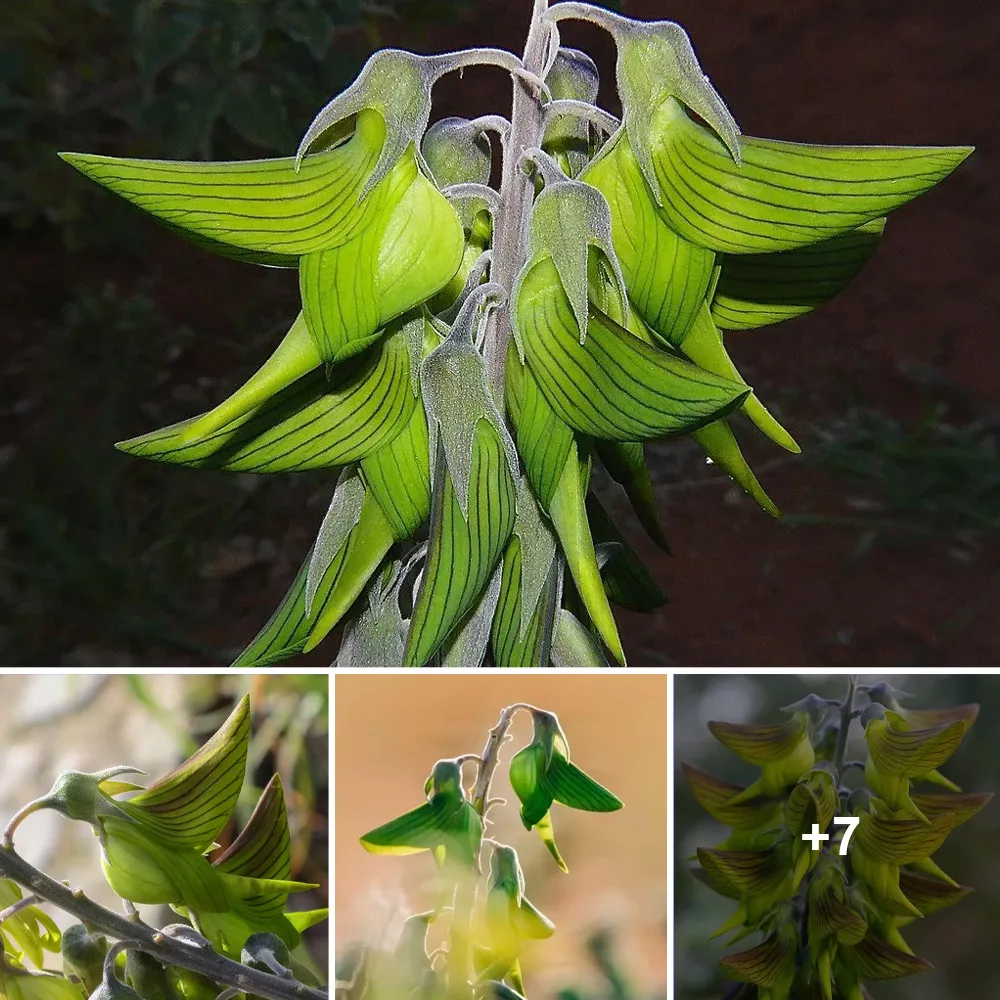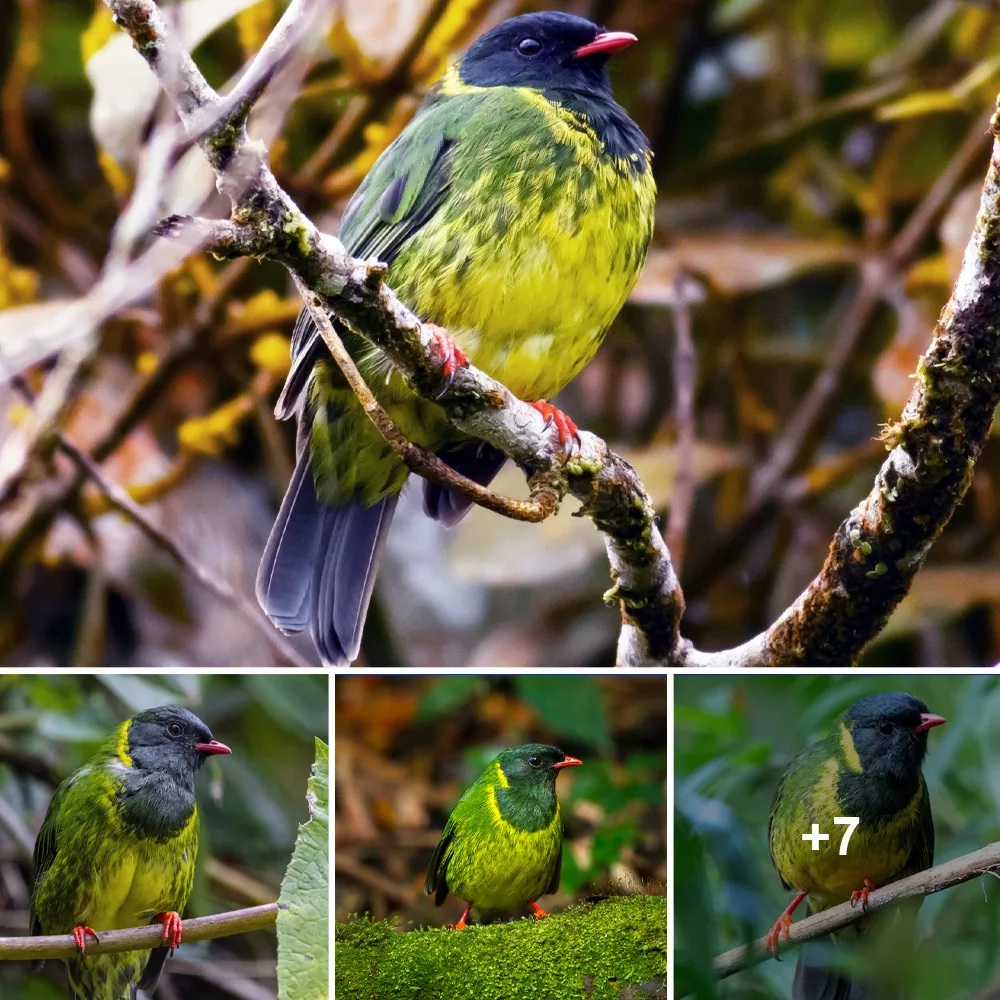In the realm of avian diversity, subtle yet striking features often hold the key to distinguishing between species. The Indian White-eye, a charming and vibrant bird, showcases a distinctive trait that serves as its hallmark: its unique white eyes. In this article, we delve into the world of ornithology to explore how this eye-catching trait aids in identifying and appreciating the Indian White-eye.

The Indian White-eye, scientifically known as Zosterops palpebrosus, is a small passerine bird native to the Indian subcontinent and neighboring regions. While its overall appearance is a harmonious blend of greens and yellows, it is the stark contrast of its eyes that sets it apart. The characteristic white irises encircle the dark pupils, creating an eye-catching focal point that draws the observer’s gaze.

This distinctive trait is not only visually captivating but also serves a practical purpose. The white eyes of the Indian White-eye provide an advantage in low-light conditions. This adaptation is especially useful during dawn and dusk, allowing the bird to forage for food and navigate its environment even when light is scarce. The reflective nature of the white eye is believed to enhance its ability to capture available light, contributing to its keen sense of vision.

Identifying the Indian White-eye in the field becomes relatively straightforward due to this distinctive feature. As birdwatchers and ornithologists hone their observation skills, the white eyes become a reliable marker for recognizing this species amidst its surroundings. It’s a reminder that nature’s nuances often hold the answers to unraveling the mysteries of the natural world.

Beyond the scientific implications, the white eyes of the Indian White-eye offer a chance for admiration. They are a testament to the beauty and diversity that adorn our planet. Observing these birds in their natural habitat can be a source of inspiration, igniting curiosity about the intricate adaptations that shape the lives of various species.

The Indian White-eye’s unique trait also emphasizes the interconnectedness of all living beings. In the intricate web of ecosystems, each species is shaped by its environment, carving a niche that contributes to the delicate balance of nature. The white eyes that grace the Indian White-eye are a testament to the harmony of evolution, showcasing how even the smallest of details can have a profound impact on survival.

As we immerse ourselves in the world of the Indian White-eye and its distinctive white eyes, let us celebrate the marvels of biodiversity. Let us recognize that each trait, no matter how subtle, is a brushstroke in the grand canvas of life. And let us be reminded that in the exploration of the natural world, every detail we uncover offers a glimpse into the vast tapestry of existence, enriching our understanding of the remarkable creatures that share our planet.




